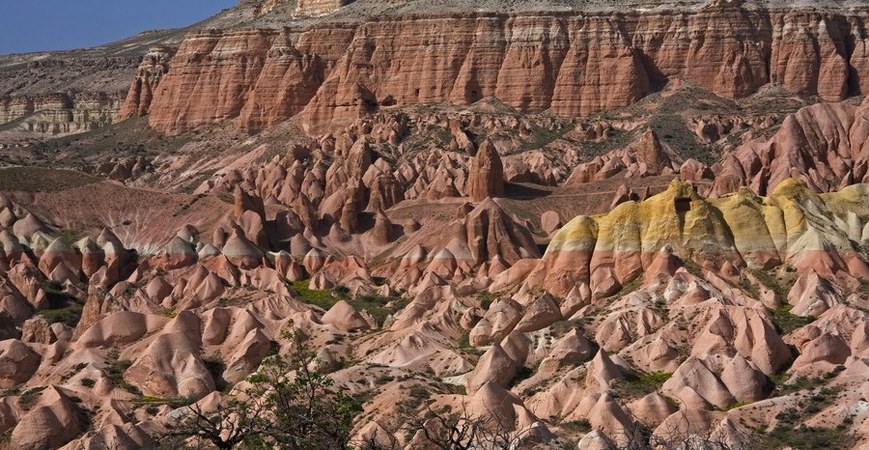Information About Cappadocia Turkey,
Cappadocia Turkey
Early Christians, 1st to tithe Centuries: Following the Apostolic age, we have a fair amount of information about Christianity in coastal Anatolia. On the other hand, not much is known about first century Cappadocia. Nevertheless, it is obvious that an important number of Christian communities existed during the second half of the second century. In the third-century priests of strong personality made, the territory a lively center of religious life. At that time Christianity was at its peak. In the fourth-century Cappadocia was renowned as the home of the Three Great Cappadocian Saints; Basil the Great, Gregory of Nazianus and Gregory of Nyssa. The country was an active center of Christian life and the religious authority of its capital, Caesarea (Kayseri) extended as far afield as Theodosiopolis (Erzurum), Sebaste (Sivas), Melitene (Malatya) and it was in Caesarea that Gregory the Illuminator, the Evangelist of was ordained by Basil. The Cappadocians, therefore, built many churches and monasteries and in the volcanic areas hewed them from the soft tufts. They continued doing so until the disappearance of the Christian communities. Masonry built churches were destroyed by natural and human destruction in the course of time, but the rock churches were lesser affected by such outside factors. The real dangers that were faced by the rocky churches were wind and flood. After the walls cracked either by wind or flood the churches were then under the direct influence of nature. Such geologic conditions formed Cappadocia into a museum of monuments that can be visited in our Cappadocia Turkey Tours The history of these monuments begins in the first century and extends up to the 13th century. These monasteries, churches, and convents are astonishing in number It has been estimated that there are 1000 still existing. Nearly 150 of these are churches and chapels with mural paintings. These decorations must provide most of the information about religious history since there are not many inscriptions at hand about that period.




































































































































